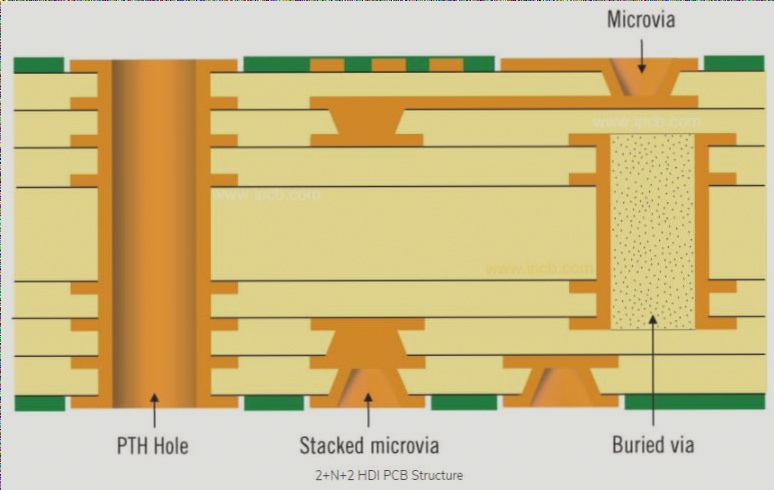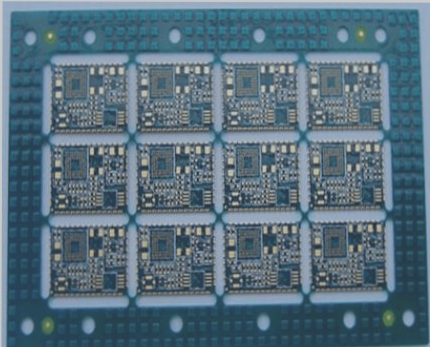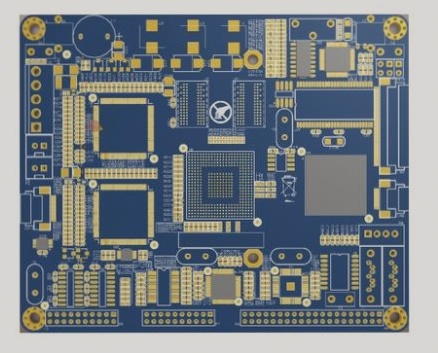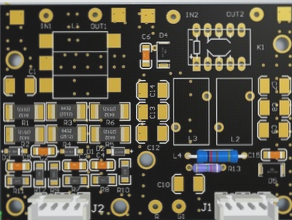Bridging in PCB Fabrication
Bridging in PCB fabrication can be caused by factors such as excessive solder or severe edge collapse after solder printing. Issues like the PCB substrate solder area being out of tolerance and SMD placement offset can also contribute to bridging problems. As circuits continue to miniaturize, bridging can result in electrical short circuits that affect the product’s functionality.
Poor Wetting in Soldering
Poor wetting occurs when the solder and PCB substrate fail to create a metal-to-metal reaction during the soldering process, leading to insufficient or unsuccessful solder joints. This issue is often caused by contamination on the soldering area’s surface, solder resist, or the presence of a metal compound layer on the joined object’s surface.
For example, poor wetting may happen due to sulfides on silver surfaces or oxides on tin surfaces. An excess of residual aluminum, zinc, cadmium, etc., in the solder can reduce its activity, leading to poor wetting. Gas on the PCB substrate’s surface, especially in wave soldering processes, can also contribute to this problem.
To prevent poor wetting, it’s crucial to follow proper soldering procedures and implement anti-fouling measures on the PCB substrate and component surfaces. Selecting the right solder and establishing suitable soldering temperatures and times are essential steps in addressing poor wetting issues.






